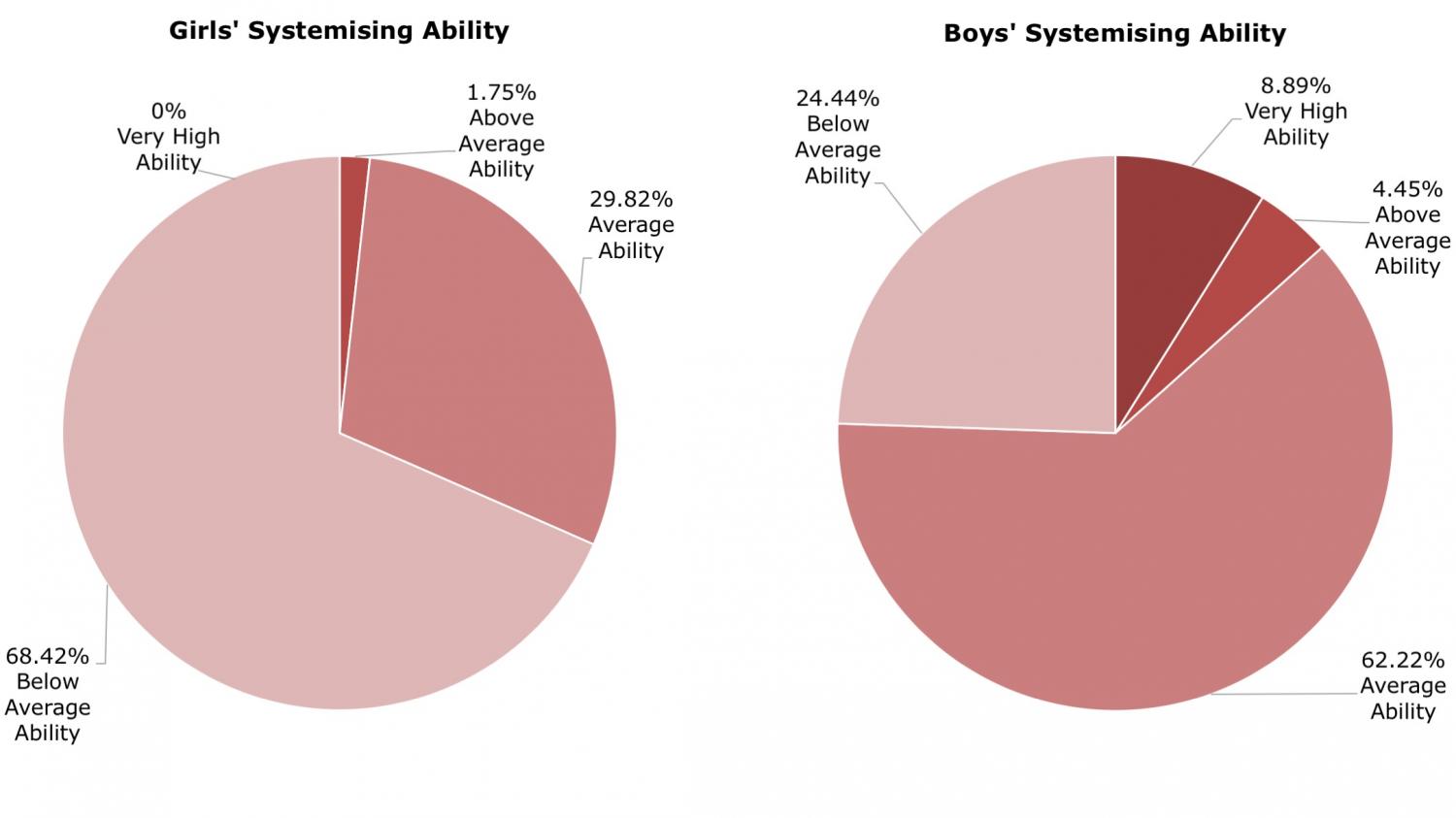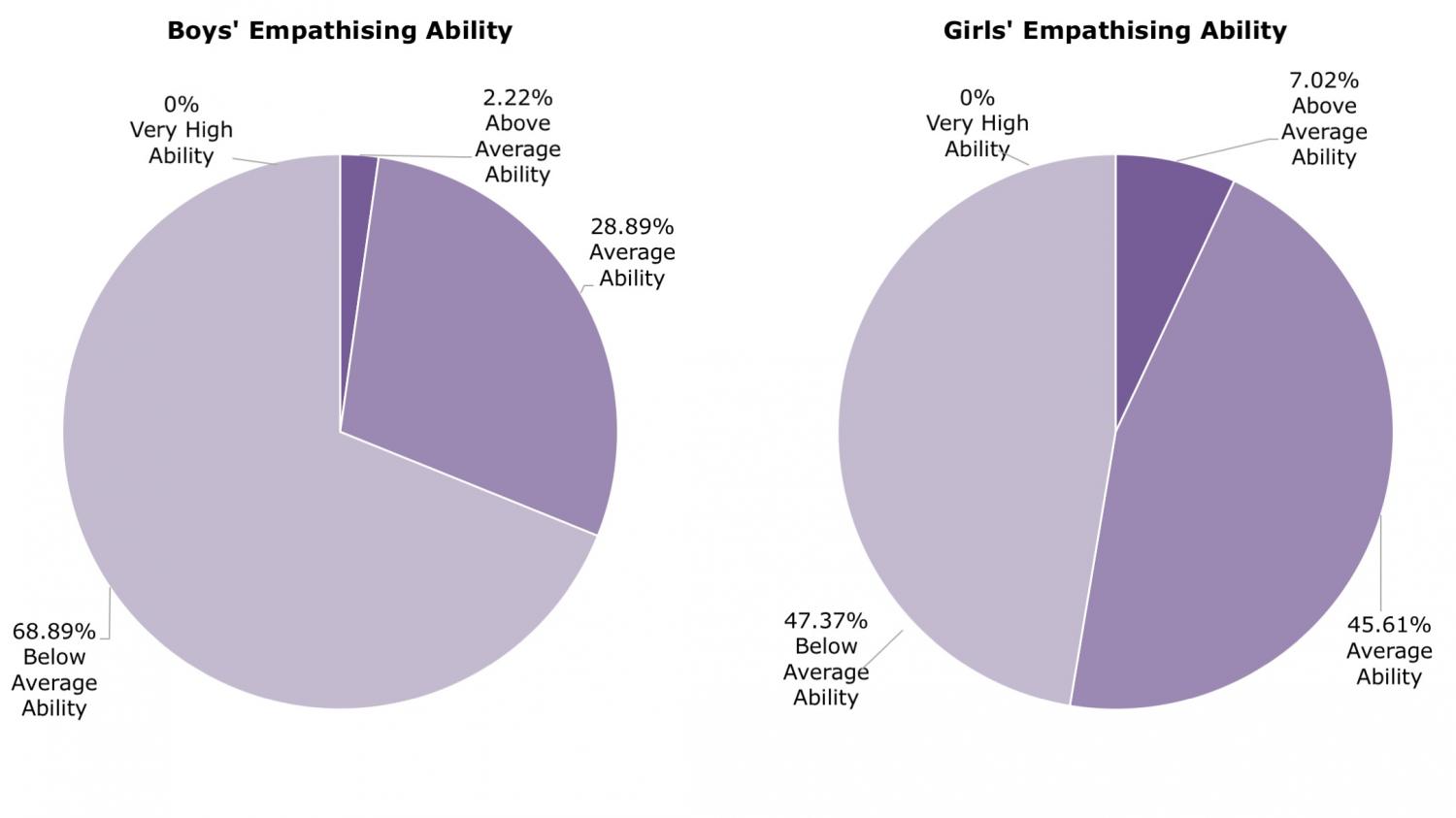It’s no secret that far fewer females enter into STEM (Science, Technology, Engineering and Maths) professions and fields such as engineering struggle to recruit women.
There have been a number of ineffective and stereotypical attempts to encourage girls into engineering which have failed to have a positive impact. Katie Klavenes, Research Assistant & Resource Developer at the Department’s Engineering Design Centre (EDC), argues that it is a brain type rather than a gender issue that encourages males into STEM fields.
Rather than seeing gender per se as being the dividing factor, Klavenes sees that it’s one’s ability to empathise and systemise that attracts or repels people from entering into STEM subjects and embarking on careers in this domain. It is true that many more females are categorised as empathisers and many more males as systemisers, which may explain the gender disparity. Empathising is the internal drive to identify with another person’s emotions and thoughts, and respond to them with appropriate emotions and actions; systemising is the cognitive ability to identify the underlying rules that govern the behaviours of a system.
Klavenes conducted a small scale research study in order to better understand the causes of this gender disparity in STEM by investigating year 9 pupils’ (13-14 years) relationship between their brain type, gender and their enjoyment of subjects and tasks. Using Baron-Cohen’s (2004b) survey, pupils’ Empathising Quotient (EQ) and Systemising Quotient (SQ) were calculated.

Klavenes found that male students scored lower than female students on the Empathising Quotient (EQ), but scored higher than female students on the Systemising Quotient (SQ). This is in congruence with Baron-Cohen’s (2004a) finding that male adult participants on average have a higher systemising ability than their female counterparts and that the adult male’s empathising ability is weaker than the adult female’s empathising ability. Klavenes’ findings clarify that school-aged pupils show stark gender differences in terms of their systemising ability and this may be an indicator as to why boys and girls choose to pursue alternative school subjects, degrees and ultimately career choices.
The vast majority of male survey participants had a Below Average Ability for empathising compared to a little under half of female survey participants. Over half of girls surveyed in Klavenes’ study had at least an Average Ability for empathising compared to under one third of boys. Klavenes explains that typically, girls favour fields in caring professions, such as teaching and nursing (Ofsted, 2011, p. 19). The survey data collected by Klavenes may suggest why females tend to opt for school subjects, higher education courses, and careers that allow them to use their empathising abilities. It may also suggest why many more females choose to enter into Biomedical Engineering than any other strand of engineering; Biomedical Engineering is directly concerned with enhancing and benefiting people’s lives rather than focusing abstractly on technical details and equations.
Klavenes found that there are significant differences between the empathising and systemising abilities of the year 9 boys and girls that took part in the survey. This finding is in congruence with the findings of Baron-Cohen (2004a) that on average more males than females are Systemisers, and that on average more females than males are Empathisers. It is interesting to note that these gender differences in terms of empathising and systemising ability exist within pupils at this age and stage of schooling. Year 9 is a critically important turning point in the lives of young people nationally due to the all important GCSE options being selected. At this time, pupils may open up, or close off, certain pathways to higher education choices, and ultimately careers.

Do pupils’ brain types and/or gender influence their subject choices?
Interview data collected by Klavenes in her study suggests that there is a relationship between pupils’ preferences, motivations, and their gender and/or brain type. Broadly speaking there were no significant gender differences in the subject choices preferred by boys and girls, nor by empathising or systemising pupils. A key element of significance, however, was pupils’ reasoning behind their preferences of activities in and out of school. Systemising (male and female) and Empathising and Balanced (where empathising and systemising abilities are equally strong) pupils (male and female) tended to speak of their attitudes and opinions towards subjects and tasks in conflicting ways.
There was no significant difference in the GCSE subject choices made by males and females in her study of year 9 pupils; nor was there a substantial difference in subjects preferred by year 9 pupils. The greatest significance found was the reasoning for subject enjoyment (or lack of). Pupils that were categorised as having a Balanced, or Empathising brain (male and female) were interested in aspects of subjects that concerned them or concerned people generally. This group tended to favour subjects in which they were able to see the relevance of what they were learning. Empathising and Balanced pupils in particular wanted to understand subject information in terms of its real-life context rather than learn facts and figures in an abstract manner.
A common element that arose from discussion with Systemising pupils was that they tended to prefer predictability: “Like in Science… there’s no unexpected things that happen” (Systemising Boy). This group of pupils (both male and female) expressed their preference for lessons to have a clear structure as well as having a fondness for subjects that they deemed to have right and wrong answers: “I like having … only one answer… and you can find that” (Systemising Boy). This is in line with Baron-Cohen’s (2004a) theory that systemising is ultimately lawful, finite, and deterministic and that systems work on inputs and outputs in a rule-governed way. Contrastingly, Empathising pupils were found to struggle with the rule-governed side of subjects with pupils articulating that although they may “think of an amazing story” but they found it a challenge to “write it down on paper” and often lost marks on essay structure.
The social and cultural element that Empathising pupils (male and female) enjoy, whereby ideas are shared and people are considered is interesting when we consider women in fields such as engineering. Klavenes believes the field of engineering should be more empathetic and would benefit from Empathisers in this field who recognise that products in engineering are made for people. It is judged that women approach challenges differently to men and use “out-of-the-box-thinking”, which is essential to engineering (Atkins, 2013, p. 18). Klavenes determines that if engineering incorporated more empathy then more women may be attracted to the field and, in addition, engineering may benefit from having an alternative view of the world.
Throughout the interview discussions with pupils it became apparent to Klavenes that there is a divide in brain type preferences between: systematic tasks, such as finding the answer to an equation; and the exploration of tasks that involved people and the world that are more akin to empathy. Perhaps surprisingly, across all brain types, pupils expressed their enjoyment of tasks that were in a real-world context; although, this was a particularly significant motivation for Empathising pupils (male and female). Klavenes argues, in light of her findings, that context is important to all pupils, but in particular empathising pupils of both genders.
It is Klavenes’ feeling that STEM subjects must do more to connect with the empathisers in giving pupils this real-world context in order that more empathisers, and, therefore, more females, go on to study and ultimately pursue careers in these fields. Klavenes suggests that empathy should be explicit within STEM subjects and, that gender diversity in fields such as engineering would be beneficial to the industry. Gender diversity would bring in a greater number of professionals who are pre-disposed towards empathy, and who genuinely see the world from a different perspective. Klavenes believes this would go some way to increasing the numbers required in the field and improve the way in which engineers work. It is critical to the engagement of empathisers, who are in the majority girls, that they regard their learning as meaningful.

